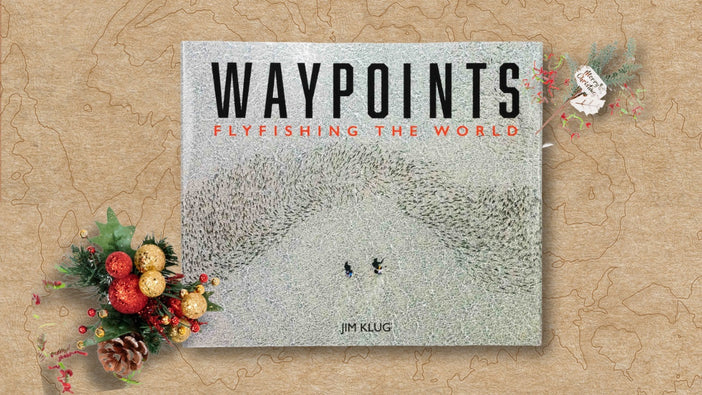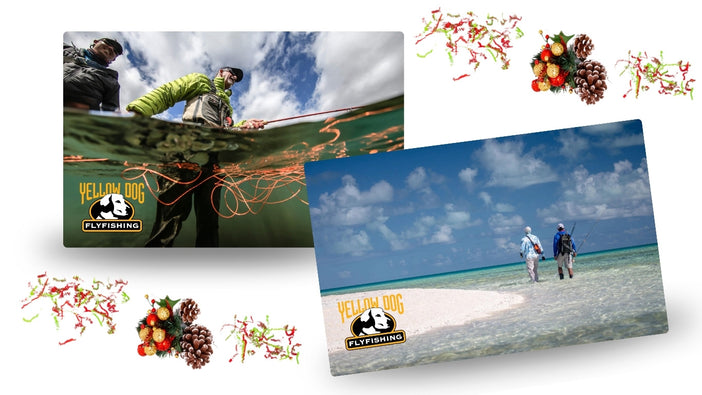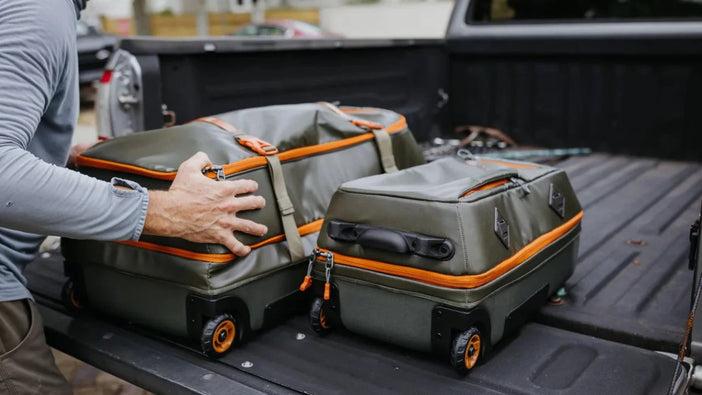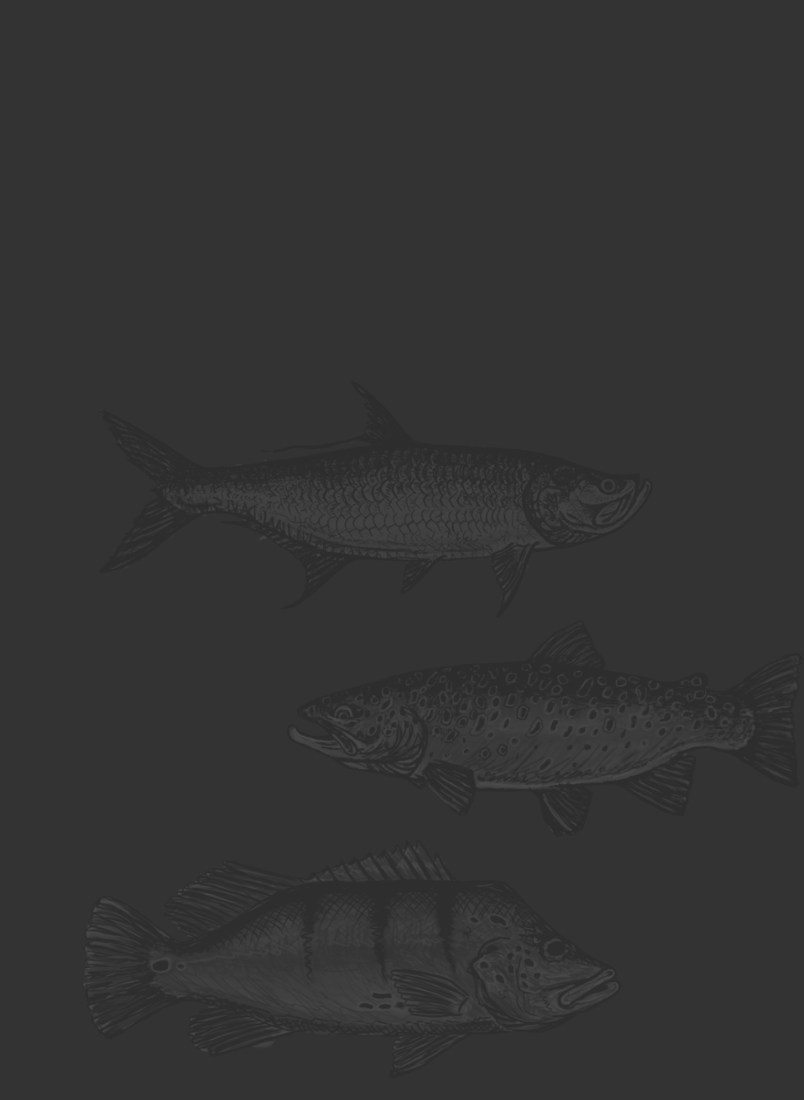



Fish-Skull Articulated Fish-Spine






Description
Blane Chocklett is one of the fly fishing industry’s most forward-thinking and innovative fly tyers. Essentially a tapered daisy-chain, the Fish-Spine is a series of specifically-designed articulated shanks that allow you to create multi-jointed, highly articulated streamers, such as the revolutionary Blane Chocklett Signature Fly Collection.
To tie your own Game Changer, simply combine the Fish-Spine with Chocklett's Game Changer Chenille or Finesse Chenille and ultra-realistic Fish-Skull® Living Eyes™ and Kona Big Game Hunter hooks
If you enjoy tying Game Changer style flies but get frustrated with tying the tail section, the NEW Tail Shank is the solution you've been looking for.
The Tail Shank is the newest addition to the Fish-Skull Articulated Fish-Spine system and is designed to simplify and improve the tail tying process.
We've essentially modified the design of a Fish-Spine shank by removing the rear loop and replacing it with a tag, which is to be used as an easy way for you to place the Tail Shank in your fly tying vise.
Now, rather than having to try the difficult process of tying around the rear loop of a shank or modifying the shank by cutting part of it off, you can easily tie a neater tail with more taper using the Tail Shank.
Quantity per pack: Individual sizes and Tail Shank (24); Starter Pack (6 x 4 sizes = 24)
Features
Ultra-lifelike movement
This method of daisy-chaining a series of articulated shanks allows for a level of realism that was previously impossible.
Highly customizable
Flies of various sizes and styles can be created through different combinations of shank lengths, hooks and materials.
Wrap it up
Game Changers have never been so easy to tie since the release of Chocklett's Body Wrap.
Stainless steel
For use in saltwater streamers.
How to Use
Potentially any dense synthetic material (we recommend Chocklett's Body Wrap) or natural feathers can be used, flies can be weighted or unweighted, and the hook can be in the front or the back.
The concept is simple. A fly is tied in segments. Each segment is tied using one of the 3 or 4 articulated shanks or the hook. Typically, a fly is tied by starting first with the tail segment and once completed, more segments are added on one at a time until you finish at the front of the fly.
To explain in a little more detail, each segment is created by tying the materials onto an articulated shank. Once a segment is tied, the articulated shank is removed from the vise and connected to the loop of the next size of articulated shank. In turn, this new shank is held in the vise and the materials in turn are tied onto that shank. This process continues until the segments of the fly (shanks and hooks) are all connected together. The fly is then trimmed to shape and any final features like eyes or body markings can be added to finish off the fly.


























